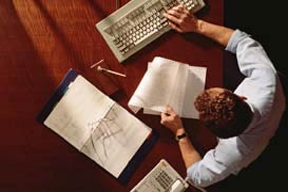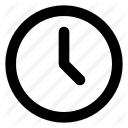RedVector
RV-7437
Significant Figures & Round-Off Errors
Course Objectives
At the end of this course, the student should be able to:
- Identify and analyze the significant figures in observations and in calculated results that employ measured data, and control round-off errors in computations.
- Apply new understanding to the proper expression of measurements on maps and plats, and in various documents used in his or her profession.
- Determine if the measuring and computational procedures used are sufficiently precise for the purposes of specific engineering or other projects, and recommend improvements if needed.
- Follow more advanced courses and concepts related to measurements and to computations employing measurements, and will have made a large step towards being a fully professional surveyor or being able to work with the realities of measurement.
- Be better prepared for licensing exams in surveying and engineering.
State Licenses
NC - Land Surveyor (General)

